Utility Safety Standards
Benefiting from OHSMS Systems
KEEPING PACE WITH SAFETY:
Utility Safety Standards

ENHANCING REMOTE WORKER SAFETY
Remote field operations present the safety organization with a myriad of challenges when it comes to ensuring the safety of the people that you send out to work in the field every day. Without a doubt, this includes the line workers, but it also includes nearly every member of the staff whose duties are performed outside of the controlled confines of your facilities. Certainly, many of the hazards are identifiable and risk mitigation procedures and...
Related Articles
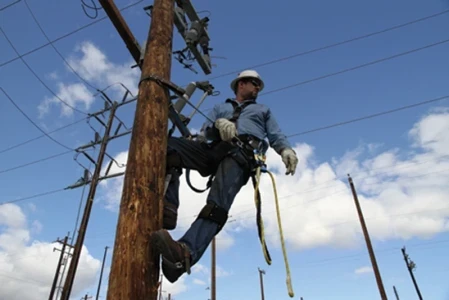
KEEPING PACE WITH SAFETY:
Lineman Safety Standards are designed to create a safer work environment for linemen and communication workers. It is an ongoing mission for those of us who serve on the National Electrical Safety Code (NESC), so it’s worthwhile to highlight changes embodied in Part 4 of the recently released...

Hand Safety - Protective Gloves
Rubber insulating gloves are among the most important articles of personal protection for electrical workers. To be effective, the gloves must incorporate high dielectric and physical strength, along with flexibility and durability. For superior performance they should meet and/or exceed the...

Distracted Driving Equals Disaster
Removing hazards caused from in-vehicle computing BY SCOTT BALL, Motion Computing No utility company would send a worker out in a truck with a known safety defect. North American electric utilities may not realize, however, that by failing to ensure that computing devices are used safely within...
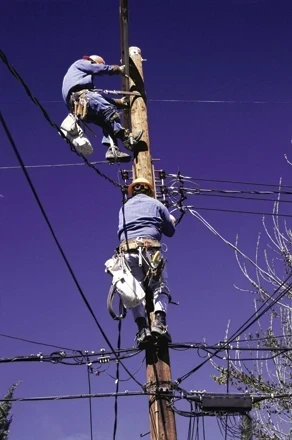
Flame-Resistant Clothing Misconceptions
Misconceptions about using flame-resistant clothing BY DAN BONELLI, Cintas Corporation According to Michael Hyland, chair of the National Electrical Safety Code (NESC) and vice president of engineering services with the American Public Power Association, a 1970s electrical utility commercial...
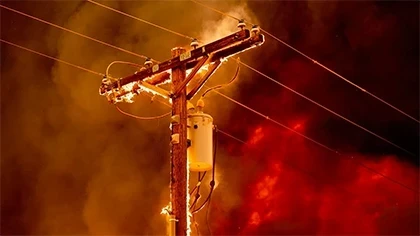
Lineman Safety during a Wildfire
If you wanted to create a recipe for disaster, the beginning of the 2021 wildfire season would be a good place to start. Nearly 90% of the western U.S. is suffering through extreme drought. The snowpack set new low levels there as well. A record-breaking heatwave steamrolled the Pacific Northwest...
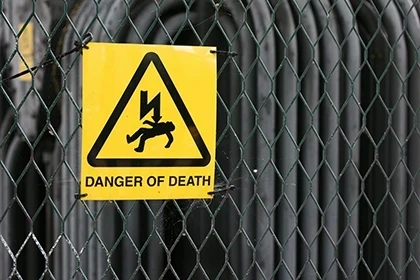
Hand Safety - Protective Gloves
Rubber insulating gloves are among the most important articles of personal protection for electrical workers. To be effective, the gloves must incorporate high dielectric and physical strength, along with flexibility and durability. For superior performance they should meet and/or exceed the...
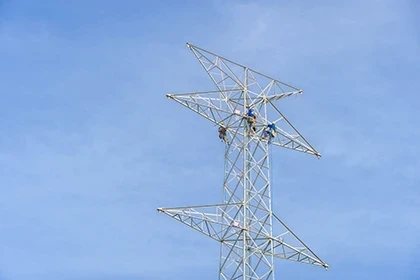
Testing Conditions and Guidelines for Personal Fall Protection Systems
1. PERSONAL FALL ARREST SYSTEMS (A) GENERAL TEST CONDITIONS Lifelines, lanyards, and deceleration devices should be attached to an anchorage and connected to the body-belt or body harness in the same manner as they would be when used to protect employees, except that lanyards should be tested only...
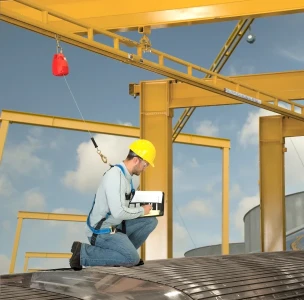
Fall Protection: The ABCs of Connecting Devices
A personal fall protection arrest system (PFAS) is comprised of three vital components: an anchorage, body wear (full-body harnesses), and a connecting device (a shock-absorbing lanyard or self-retracting lifeline). The safety of at-height workers depends on these three components, and each one...

ENHANCING REMOTE WORKER SAFETY
Remote field operations present the safety organization with a myriad of challenges when it comes to ensuring the safety of the people that you send out to work in the field every day. Without a doubt, this includes the line workers, but it also includes nearly every member of the staff whose...

Choosing Your Rubber Safety Gloves
Latex versus Natural Rubber – What is the difference? All Raw rubber comes from the rubber tree. It is then processed to become a latex for water-based dipping or dried down to a slab for use in extrusion or solvent dipping operations. Hydrophilic additives in Latex For latex to be usable...
